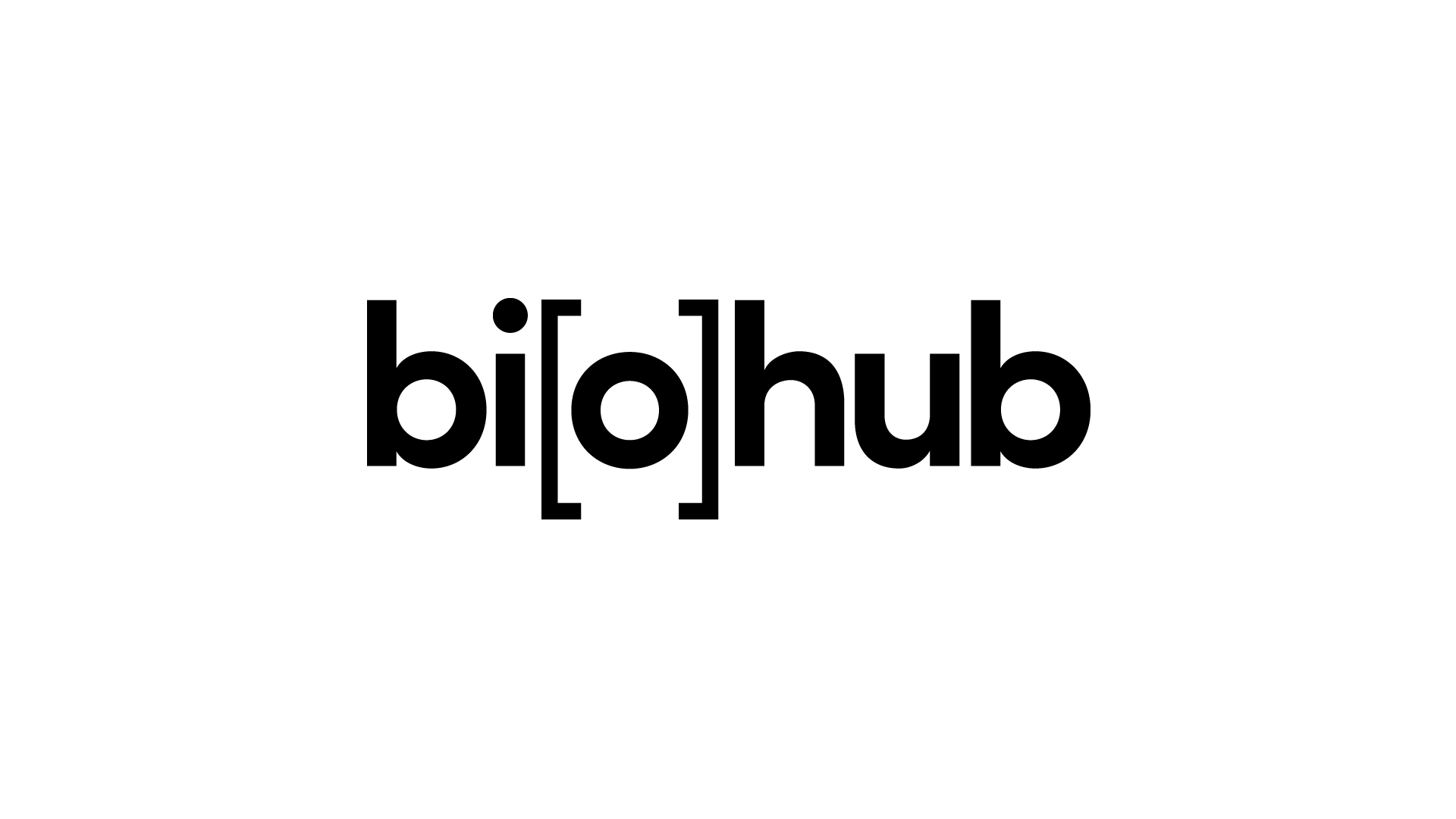DESIGN OF A UNIVERSAL INFLUENZA VACCINE CANDIDATES VIA ANTIGEN REORIENTATION
Researchers at Stanford have developed a novel universal influenza vaccine candidate.
Vaccines are a major feat of biomedical innovation. Successful vaccines produce broad humoral immunity to a pathogen to prevent subsequent infection. In this vein, adjuvants are compounds that are designed to be co-administered with a vaccine to enhance their immunogenicity and therefore their effectiveness in preventing infection. Alum, a commonly used adjuvant, enables antigens to be released slowly at the site of vaccination while in parallel activating antigen-presenting cells and inducing cytokine secretion. However, this effect can be dampened by the desorption of alum from antigens in vivo. Antigens with terminal phosphate groups have a high affinity for alum through ligand exchange receptors. To enhance alum-antigen binding, a peptide was designed containing repeating units of phosphoserine (pSer) that can be conjugated to antigens with C-terminal cysteine residues. C-terminal insertion of pSer increases antigen accessibility and has been shown to increase humoral immune responses. However, synthesis of pSer using solid phase methods is highly expensive and requires a difficult purification process.
Stage of Research
The inventors have designed a novel vaccine candidate for influenza. This vaccine consists of a modified H7 HA influenza antigen bound to the surface of an adjuvant or carrier via electrostatic interactions. This adjuvant or carrier can be an alum particle to which the antigen can be adsorbed to, or a polypeptide that contains a region of repetitive carboxylic groups (RRC) or a region of repetitive lysyl/guanidino groups (RRL). These repetitive groups create electrostatic interactions that bind them to the antigen. The electrostatic interactions also allow for the antigen to be presented in a defined orientation to sterically inhibit specific epitopes from being available to interact with APCs. Once the antigen’s epitope accessibility is altered, the humoral immune response is naturally directed towards specific epitopes.
Applications
- User-programmable antigen availability to be able to direct the humoral immune response
- Novel universal vaccine candidate for the prevention of all strains of influenza infection
Advantages
- Increased humoral immunity towards conserved epitopes for broader humoral immunity
Stage of Development
Research- in vivo
Keywords
Vaccine, infectious disease, adjuvant, alum
Technology Reference
CZ Biohub ref. no. CZB-285S
Stanford ref. no. S23-195

